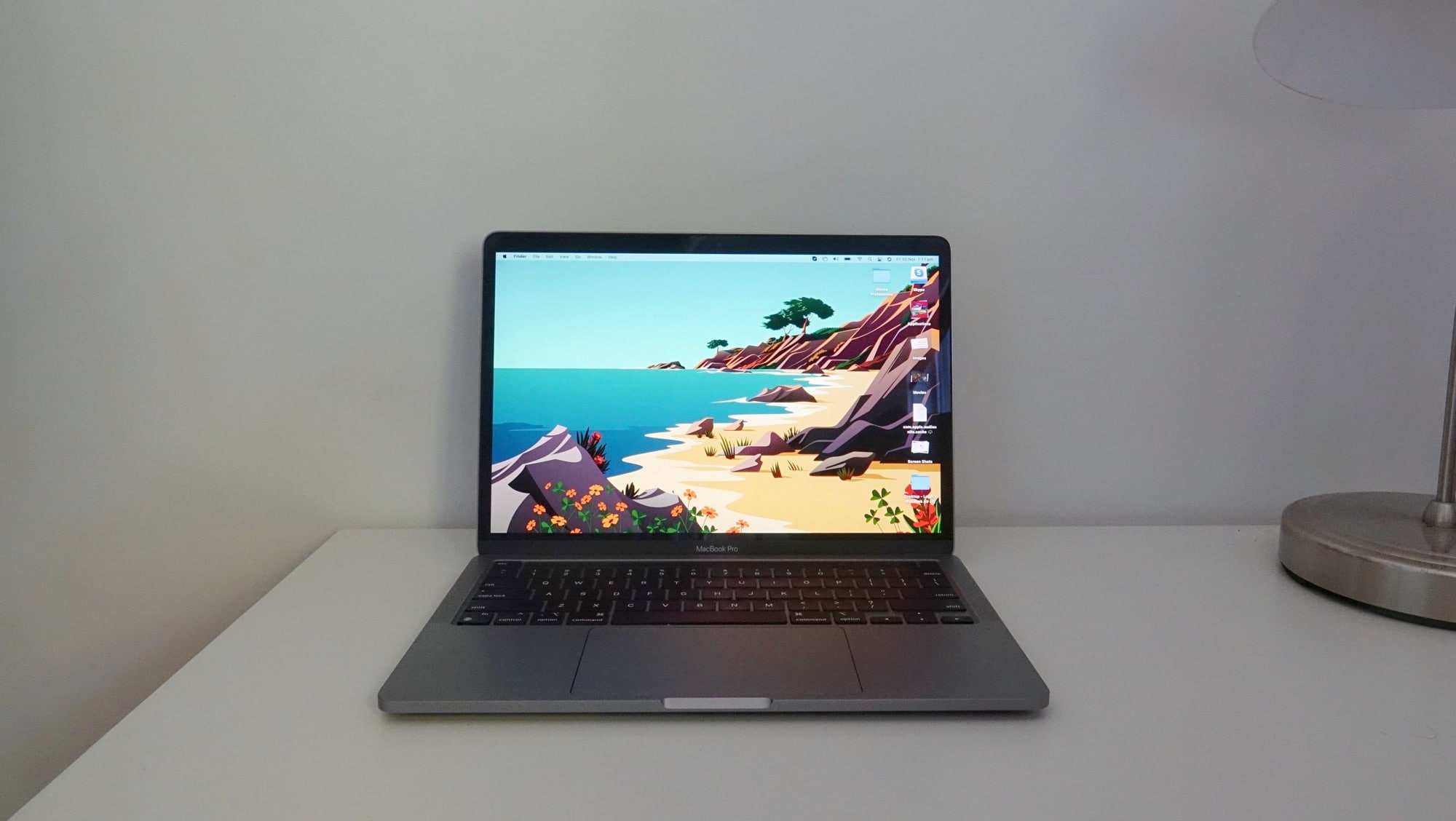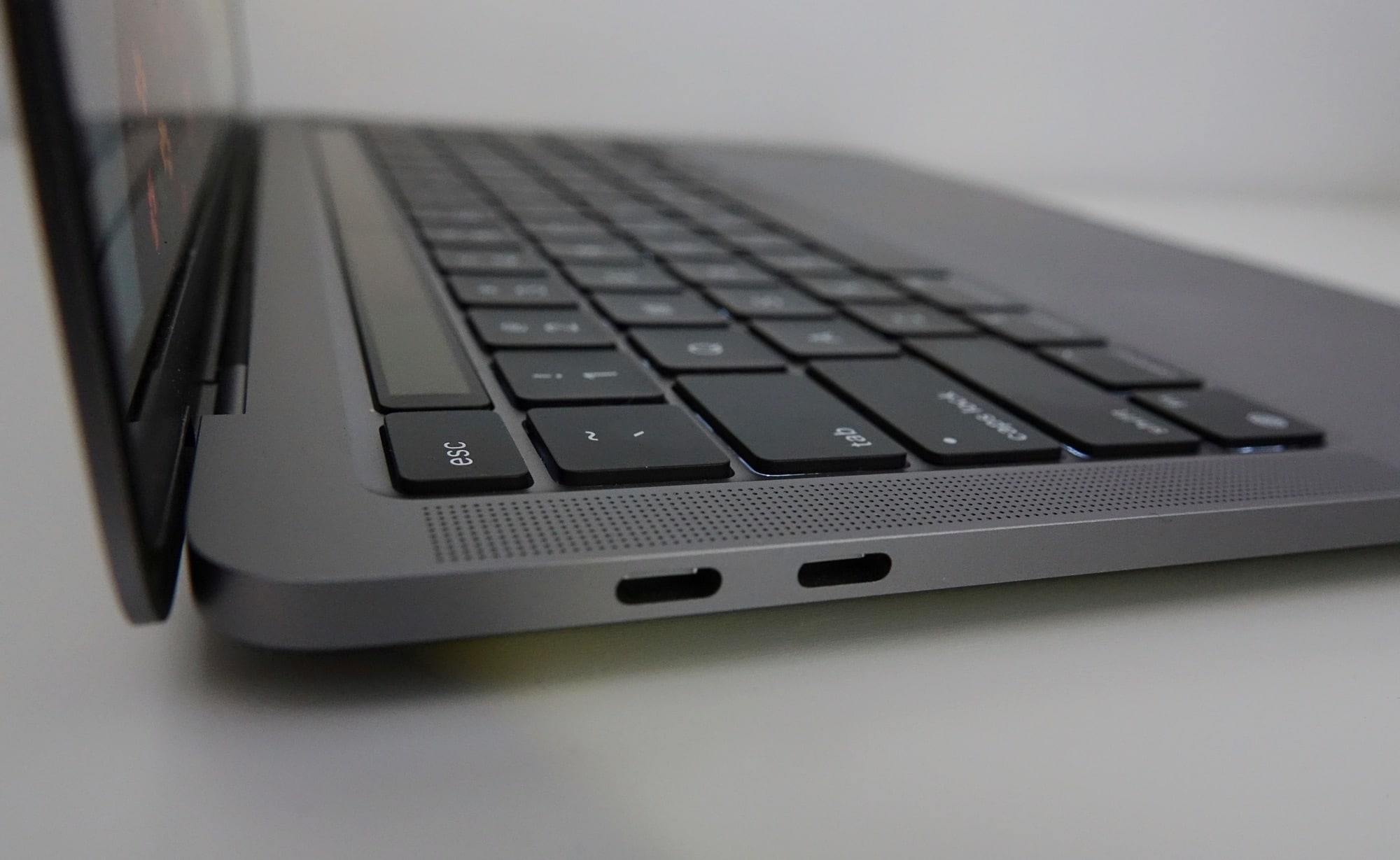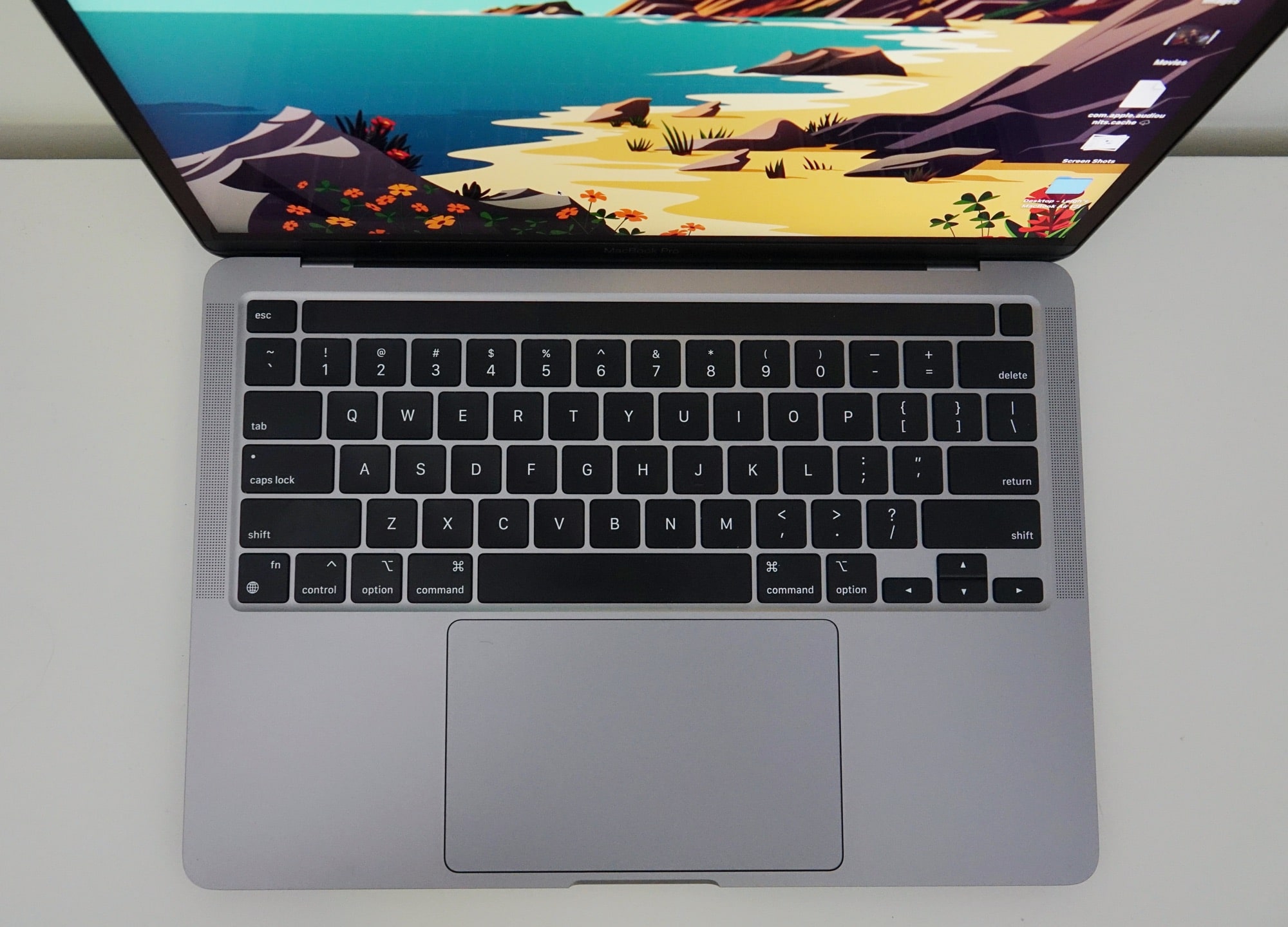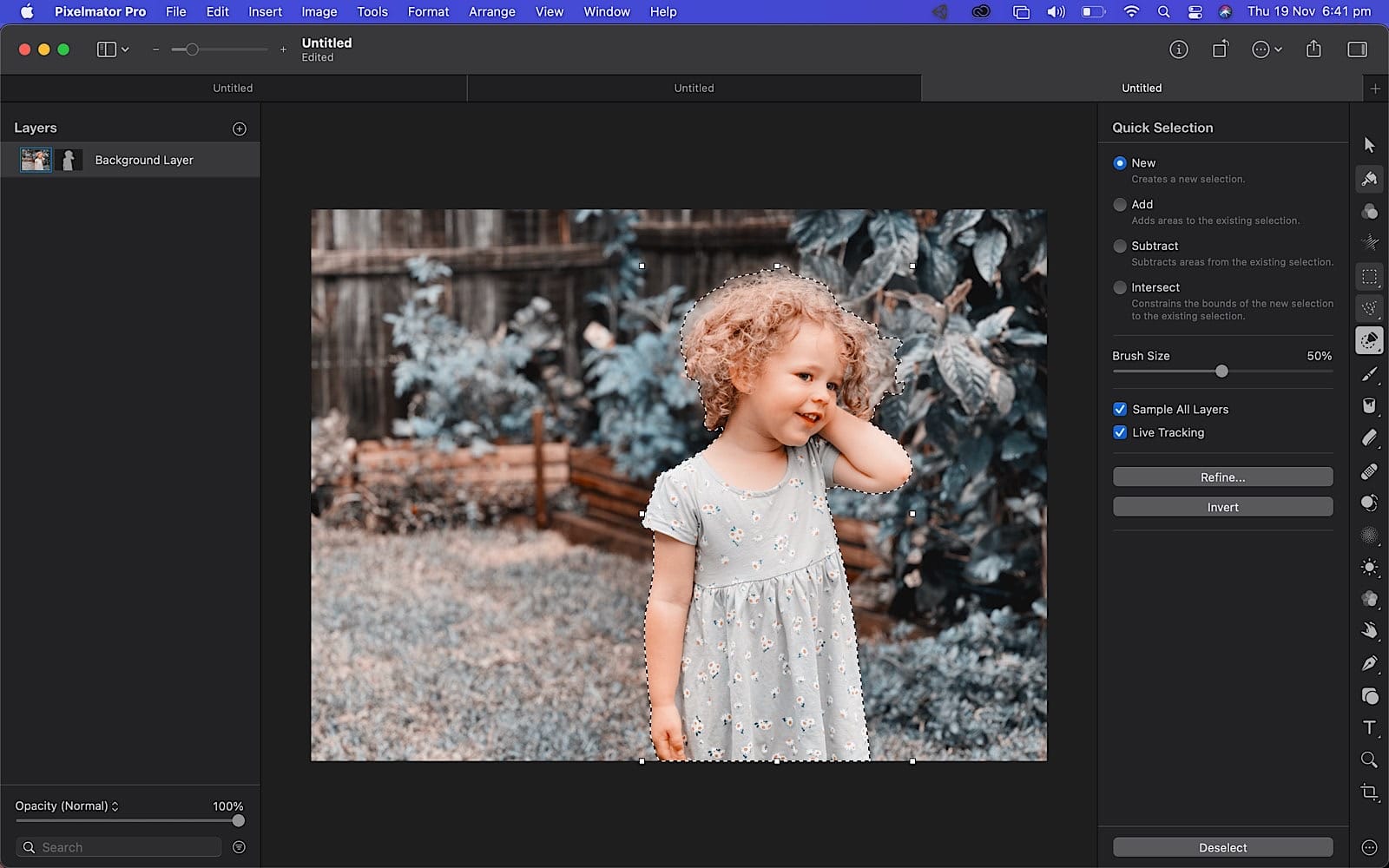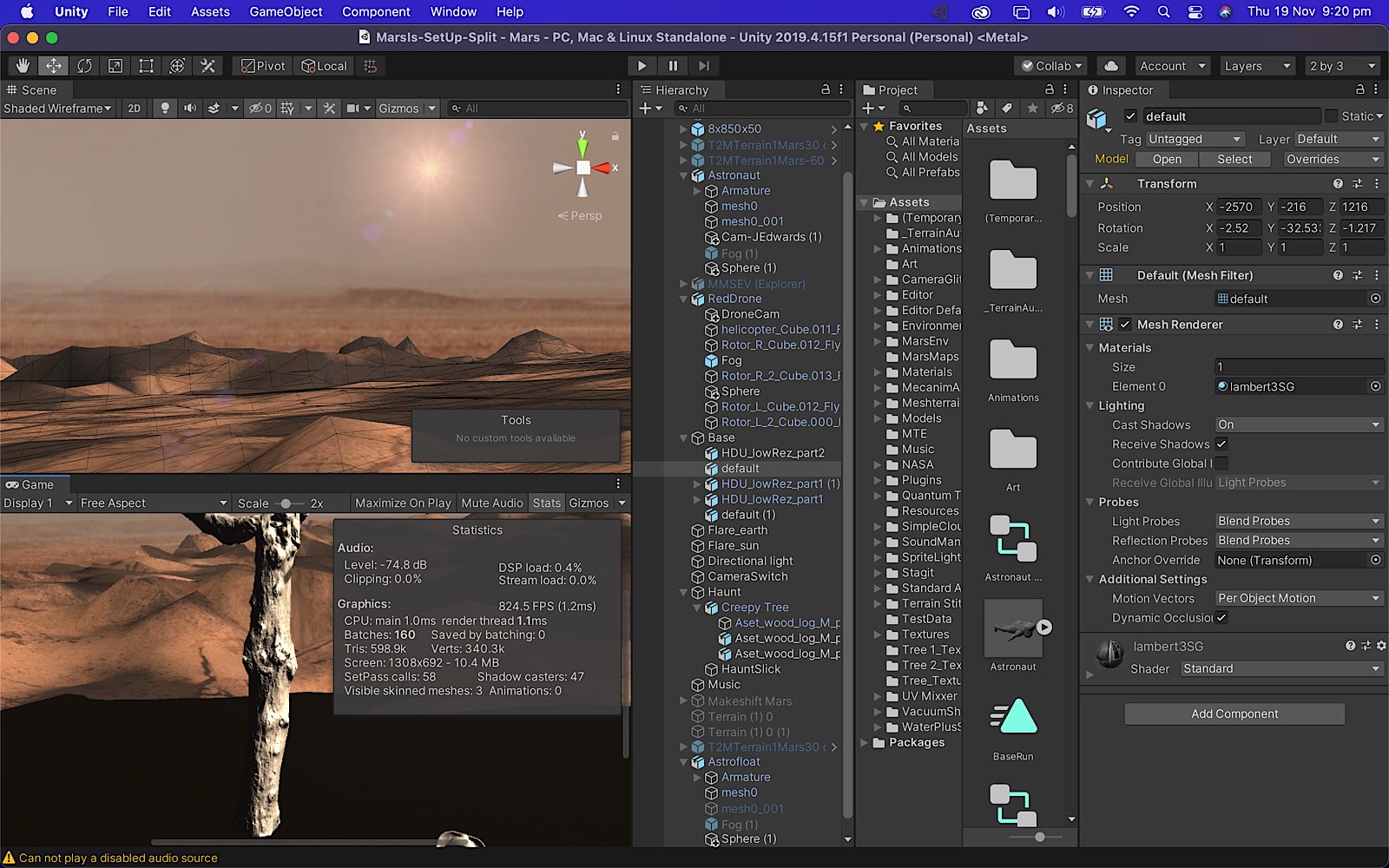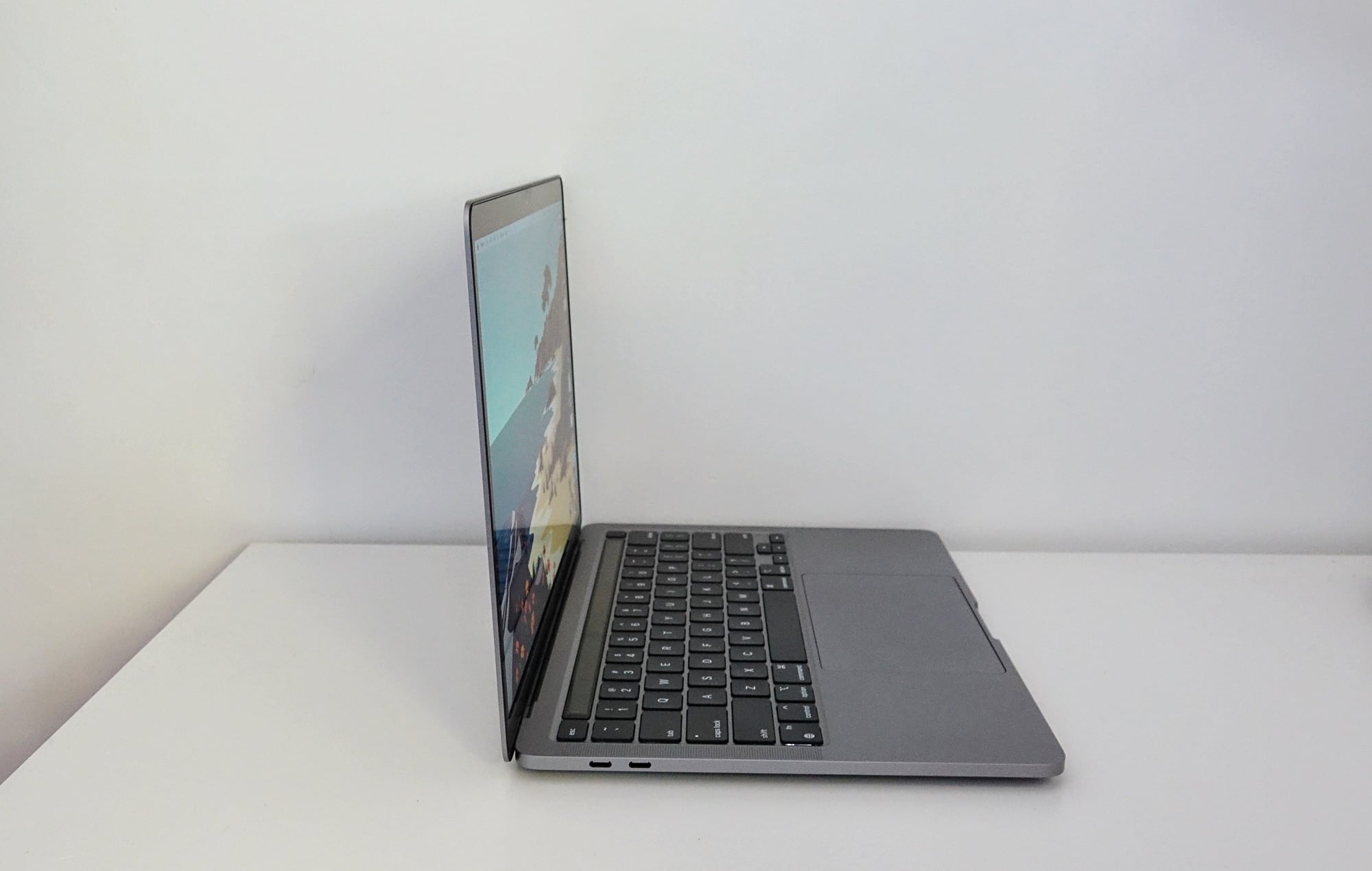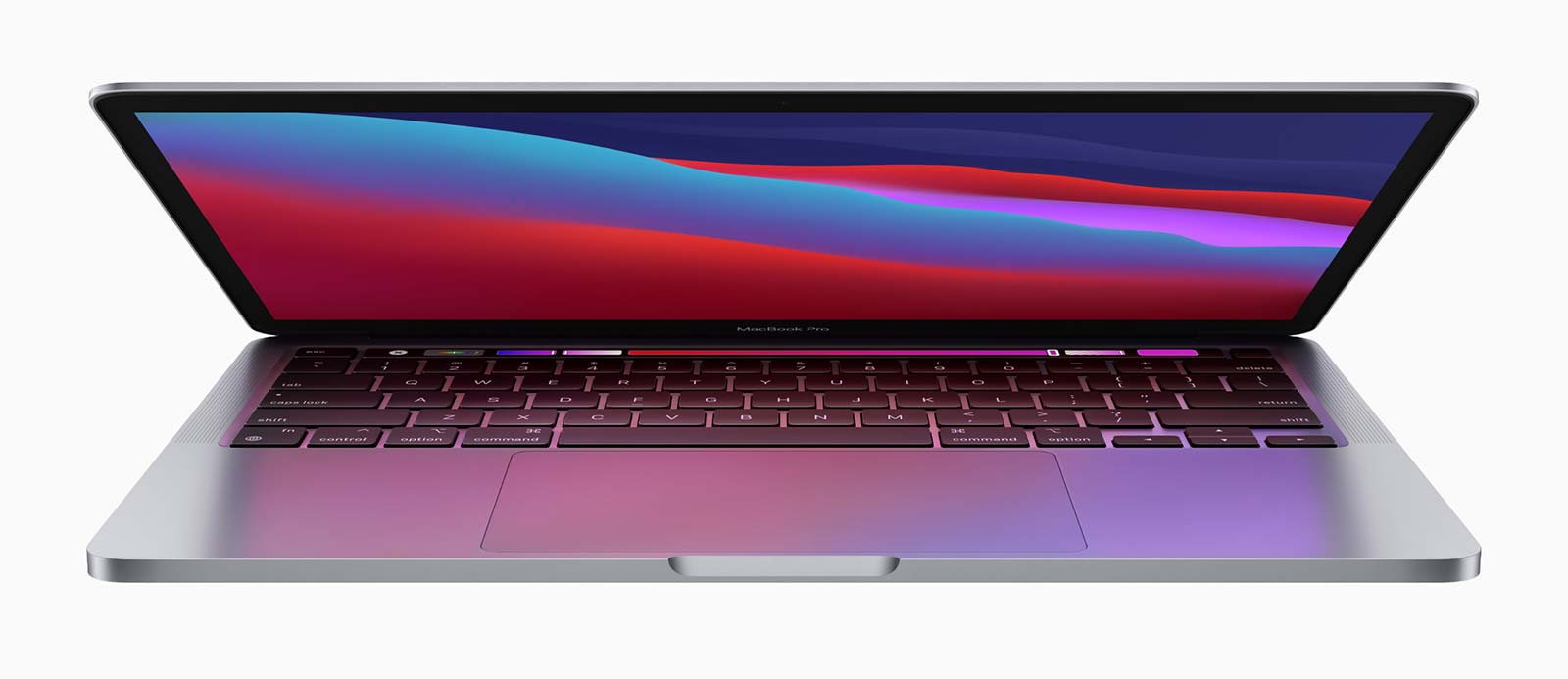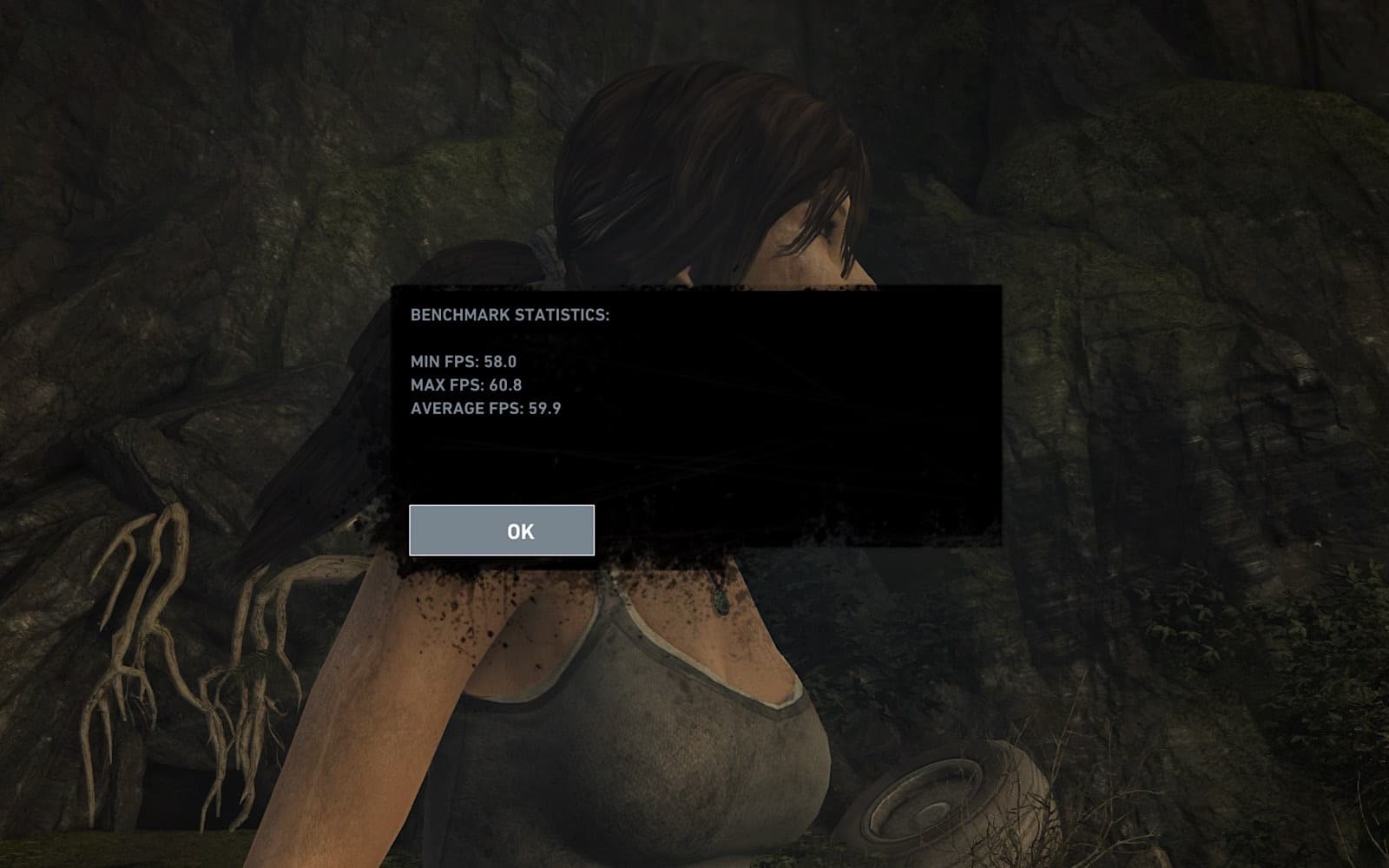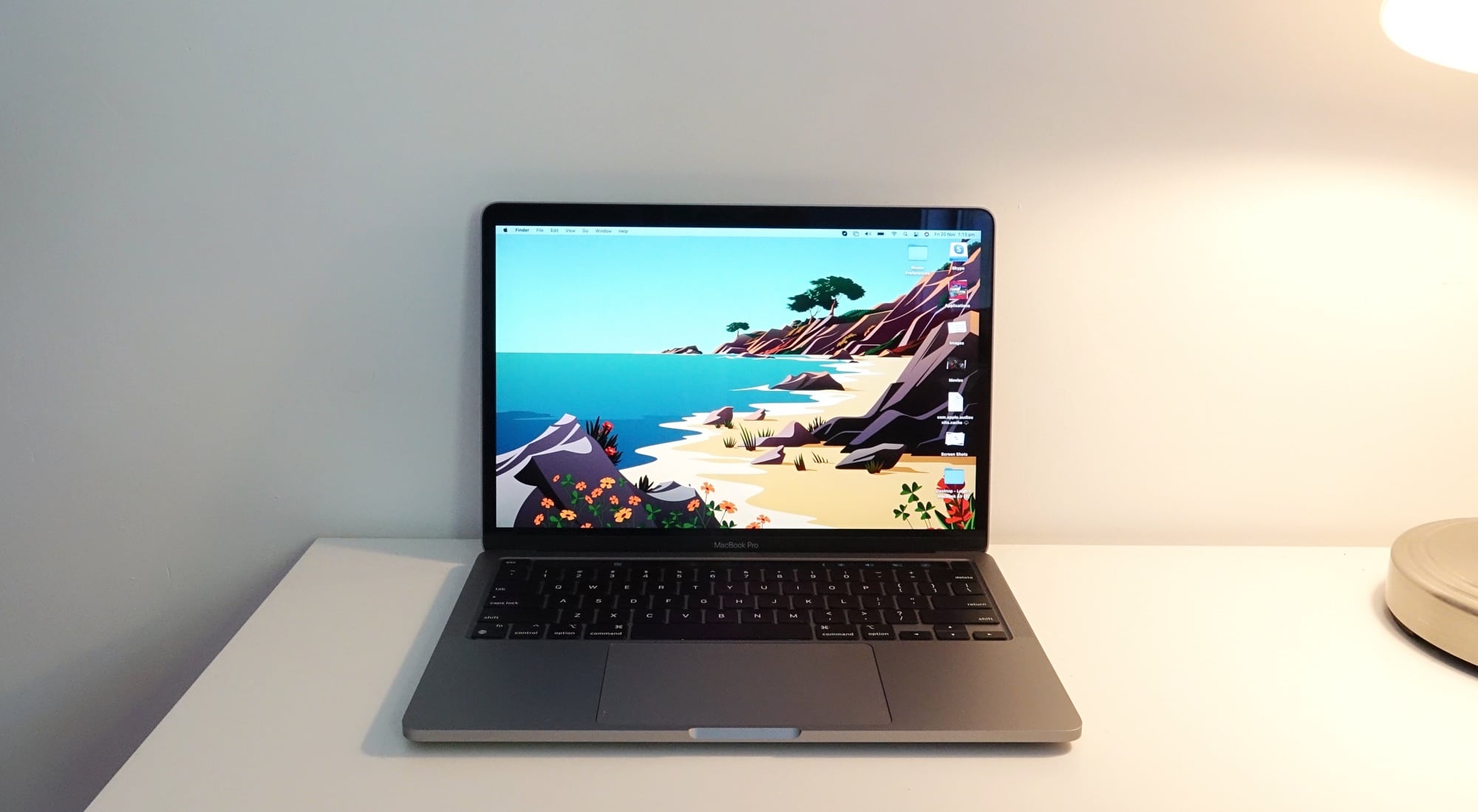Quick review
The good
The not-so-good
Apple’s workstation-breed of laptops also gets a dose of the M1, so what makes it different: is the M1 MacBook Pro 13 different from the Air, and is it better?
A new breed of Apple’s “pro” laptop has arrived, and it beats with a totally new heart for Mac. Just like Apple promised at WWDC earlier in the year, Macs are making the move to a model of chip made by Apple, moving on from Intel in its computers.
By the end of this year, there will be no less than three Macs sporting the new hardware, two of which are made with power in mind. All three share the same chip, and whether you look at the MacBook Air, MacBook Pro, or Mac Mini, you’re getting the same technical processing capability. But they all also handle the raw power differently as well, and while the MacBook Air puts a cap on the performance because there’s no fan, the MacBook Pro and Mac Mini are more about letting the power run wild.
But only the MacBook Pro allows you to take that untamed power to go, and it’s one of the things separating the MacBook Pro from the excellent M1 MacBook Air. What else makes it different, and is it different enough to recommend over its sibling?
Design
There may well be a new chip for Apple’s 13 inch MacBook Pro, but the design is still the same, and that’s not a bad thing.
It’s very much a case of “if it ain’t broke, don’t fix” with the late-2020 MacBook Pro, as Apple keeps the fairly slim edged metal body with a base that curves out underneath and helps the laptop seem as if it’s thinner than what it is, providing stereo speakers that flank the large keyboard, complete with a spacious trackpad.
That has been the style for a few years now, and it doesn’t change for the M1, which is totally fine where we sit.
Features
But the features and spec sheet does, even if it’s a change that technically makes it more about what’s on the inside that counts, which is definitely what the M1 MacBook Pro is about.
Inside, you’ll find that new Apple Silicon chip, known as the Apple M1, because it’s the first of this breed of Apple chips. It’s paired with a minimum of 8GB of unified memory shared between the processor and the graphics cores, but you can upgrade this to 16GB. You’ll also find a minimum of 256GB storage, though this also is configurable to 512GB, 1TB, or 2TB.
Connections are a little new compared to the older MBP, with a minor bump on the wired connections, offering two USB Type C Thunderbolt 3 ports, plus a 3.5mm headset jack. Wireless is catered for over 802.11a/b/g/n/ac/ax WiFi 6 and Bluetooth 5, and there’s a fingerprint sensor on the right side of the OLED Touch Bar, which also makes an appearance above the keyboard on the M1 MBP.
The machine is built to be fairly thin, and you’ll find it measuring 1.56cm thick when closed, and weighing 1.4 kilograms.
Display
It also sports the same 13.3 inch screen from last time, and reads almost identically to what’s in the MacBook Air.
The screen boasts support for Apple’s white balancing True Tone technology, support for the P3 colour gamut, and a 2560×1600 resolution, but has 100 nits of brightness over its MacBook Air sibling, a small amount you may not even notice.
In person, it’s bright and clear, and offers wonderfully sharp visuals that stand out, though we’d like to see slimmer bezels if we could, as that’s becoming a rather regular change for newer computers competing in this part of the market.
In-use
Even though there’s a new chip inside, the MacBook Pro doesn’t change a whole lot about how you use macOS, provided you’re familiar with Big Sur.
The latest version of macOS, Big Sur provides a more iOS-inspired take on the Mac desktop experience, and thanks to the difference in chip architecture, means you can load iOS apps on it, as well.
Ultimately, it means you can use the MacBook Pro like a perfect companion to your phone if you use an iPhone, and even to an iPad if you use one of those, as one of Apple’s truly powerful gadgets supports similar functionality to the other two, and finds a place alongside.
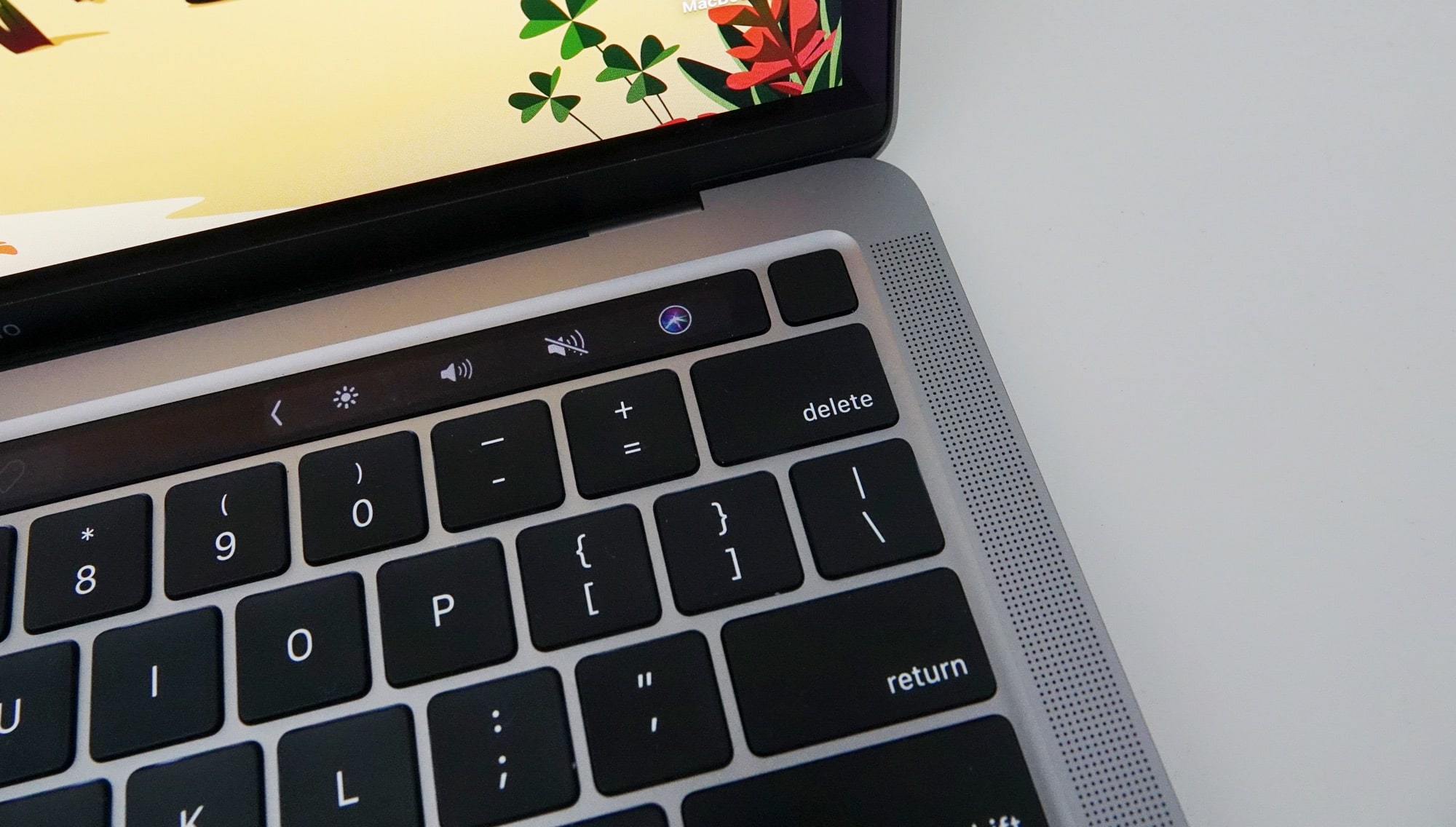
Performance
Over to performance, and just like that amazeballs MacBook Air M1 we checked out earlier, the performance in the M1 MacBook Pro 13 is exceptional, delivering speed that makes the system feel faster, not just in the universal apps made to work with Apple Silicon, but the apps that aren’t.
If you’ve read our M1 MacBook Air review, we mention how everything feels faster in this chip, from switching on the machine to simply running tabs and bringing up the notifications bar. Everything on the M1 feels so much faster and more responsive, and it’s really hard to convey until you get it in your fingers.
Benchmarking raw power
On a benchmark level, the performance begins to be seriously noticeable when you compare Apple M1 laptops versus some of the Intel models in the list, with solid performance in the 13 inch beating the 16 inch MacBook Pro with an Intel Core i9 in both CPU and GPU performance, but coming in under where the AMD graphics loads for the discrete graphics chip.
We’re not surprised by the AMD graphics chip being hard to beat — it’s a dedicated graphics chip — but Apple’s M1 still puts up a hell of a fight, and delivers over half the performance of what the AMD graphics system can do on the MacBook Pro 16.
That helps to detail just how fast the M1 MacBook Pro 13 is, because it is a genuine hero, delivering so much raw power that it almost seems illegal to do so. We’re not sure how Apple has managed to make this chip as potent as it has, but it is a winner, hands down.
How the new MacBook Pro handles apps
Beyond the benchmarks, it’s time to take apps and games out for a spin to see what they chan do with the hardware, and that means more than the basics.
Take Photoshop, which feels faster under Rosetta, and yet even faster again with Adobe’s new Photoshop beta for Apple Silicon, which isn’t entirely feature complete, but manages to feel quicker on load, almost crazily so.
Exploring some of the bigger apps, we took a spin with some of the competitors made for Mac universal, launching Affinity and finding a publishing system with few limitations allowing some complex layers and loads of elements on screen at once. Meanwhile the photo-editing app Pixelmator Pro allowed us to apply some tweaks and edits to our iPhone photos as if time was under its control.
Playing with some 3D tools, we found Unreal Engine and Unity showed some speed, playing with some architectural visualisation in the former before Rosetta and the latest version of Unreal stopped playing together, while Unity showed few struggles at all.
For the time we had Unreal Engine working, the system was fast, almost crazily so, but Rosetta isn’t perfect, and so after one crash, the Intel-run Unreal Engine just stopped working. That’s something sure to change later, though Unity didn’t struggle in that way at all, loading and allowing us to play with projects loaded with models and detail.
It’s one of those systems that feels like it shouldn’t be as good as it is, and yet delivers a constantly pleasant surprise. We’re not entirely sure what type of magic Apple’s engineers have cooked up to make the M1 MacBook Pro so impressive, but it’s hard to wipe the smile off our face.
Battery
And performance isn’t the only place Apple has us grinning from ear to ear.
With the Apple M1 already delivering some of the best performance you can find from any laptop in its size, the next area that matters is the battery, and it’s something that Apple Silicon also makes some dents to, as well.
By “dents”, though, we mean the most positive dents you could imagine. It’s almost as if Apple was panel beating the vehicle that is the MacBook Pro battery to become something else, like it was banging the exterior of a fast car to become something more of a supercar. The MacBook Pro battery life was already pretty strong, but in the M1 MacBook Pro, it’s even better.
Apple’s estimates put the battery life around 20 hours, and that’s not too far off an actual experience.
Keep things with Apple’s apps — Safari and Pages and whatnot — and you’ll keep the MacBook Pro in action for over 15 hours without any problems. Basically, it’s a battery that can keep chugging along if you live in the Apple garden of apps.
But we’d be a little surprised if you lived entirely in Apple’s apps, and if you’re anything like us, you rely on plenty of other apps not made by the maker of the Mac. If you need yourself some Adobe Photoshop and After Effects, some Google Chrome, and possibly some more intensive apps such as Unreal Engine or Unity, and other apps a workstation machine is made for, you’ll see the battery life drop, but not badly.
Real-life battery testing
Working with the MacBook Pro on one day, we found keeping a good ten to twelve tabs of the Rosetta instance of Chrome and not the newly released Apple Silicon Chrome, leaving Photoshop open and processing photos, running an instance of Safari with four or five tabs, and making sure our SimpleNote app was open, we worked around 7 hours on the MacBook Pro to have 30-odd percent left. That’s a solid outcome, and one that means the M1 MBP should be a daily driver for most, hitting 10-12 hours of life in total depending on just how you make use of the hardware.
It does feel like that can only improve, especially as developers build software properly for Apple Silicon, rather than rely on the conversion capabilities of Rosetta to make everything fly. Over the next two years, you might be able to see the apps you use get more battery life out of the M1 simply because new versions of those apps will come out making better use of Apple Silicon. Until that happens, Apple’s Rosetta 2 is doing a solid job optimising the performance and battery life, name making this machine something that works the work day over.
Value
The value is also pretty strong, especially when compared to the Intel models which the M1 MBP 13 replaces.
While it starts at $1999 in Australia for a 256GB MacBook Pro with 8GB RAM, the 512GB model with 8GB costs $2299 locally , a good $700 down from the Australian $2999 price tag of the 16GB RAM-equipped Intel Core i5 variant. We’ve not benched both against each other, but the Intel Core i9 MacBook Pro 16 we reviewed last year offers more power overall, and the Apple M1 appears to beat that chip in the MacBook Pro, suggesting that it would do the same with the Core i5.
Comparing Apple’s Silicon to Intel’s suggests the Apple models offer more value, but what about when compared to the MacBook Air with the M1 chip?
In that example, the MacBook Pro isn’t so much better value, just a different value. With the comparable models separated by $350 — the 512GB 8 core Pro and the 512GB 8 core Air — Apple is delivering solid value in the Air, but still a decent offering in the Pro, because you get a more capable battery and the OLED Touch Bar that you might use.
What needs work?
Like the MacBook Air, the MacBook Pro is such a stunner, delivering performance and battery prowess in a way that’s sure to surprise and delight.
But there’s one thing that stops it from being the best it can be: the lack of differences between the MacBook Pro and the MacBook Air.
There’s always been a pretty notable point of difference between the MacBook Air and the MacBook Pro, and it usually came down to the type of chips and the performance they could get. Dual-core versus quad-core, more processing power versus less, that sort of thing. This year, that’s not so much of a thing.
In the M1 MacBook Pro and M1 MacBook Air, Apple has equipped the same processor to each model, with the main differences being how the thermals are controlled.
Over on the M1 Air, you’ll find no fan and a system that controls the power and heat accordingly, providing a fast system that never makes a peep. And on the M1 MacBook Pro 13, the extra thickness of the machine means Apple has been able to include a cooling system to drive extra load.
If that reads as jargon, the main differences between the MacBook Air and MacBook Pro in 2020 are the amount of power, with the Air fast, and the Pro marginally faster. It’s the sort of difference that will make a dent if you’re rendering video, working in animation, or handling some heavy loads.
But it doesn’t make a difference in everything, and even our bench that was amazing on the MacBook Air — a 60 frame per second benchmark of Tomb Raider on a machine that has never been focused on games — delivered pretty much an identical performance on the marginally more capable MacBook Pro. It’s a result that says while the M1 MacBook Pro is slightly more capable, it’s not necessarily going to deliver an improvement in everything, only some things.
Beyond that marginal performance boost, the OLED Touch Bar, and a slightly bigger battery, there’s not a lot of difference between the Air and the Pro. It sports the same number of Type C ports and the same noticeable bezels for the screen, but it’s a marginally more capable machine than the MacBook Air for folks who need the extra grunt.
The MacBook Pro is made for more, but how much more will depend on your usage.
Final thoughts (TLDR)
While there might not be a whole lot of difference between the M1 Air and the M1 Pro, the difference is notable if you’re someone who lives on your laptop from day to day and does more than most.
The MacBook Pro range has long been about making a Mac do heavier lifting, and while Apple has certainly ironed out some of those differences in the Air, the Pro is just that little bit extra capable, giving that new M1 chip a little more to work with for folks who need it. At the same time, there’s just that little bit extra battery life, so your laptop won’t conk out on you when you need to take it to go.
This sort of thing matters because some apps need that little bit extra juice to deliver things efficiently. We’re not talking about a difference every user is going to get, but workstation folk will understand it better than others, and it’s something you can see in just how easily the M1 MacBook Pro handles heavy workloads.
That makes it an easier choice over the MacBook Air for people with demanding needs, but what about for everyone else?
For most, we’d say the M1 MacBook Air is enough, but if you desperately need a battery that can last through the day and then some, the M1 MacBook Pro may be your new daily driver. Hell, we think it could probably last a couple of days depending on just how often you used it. This thing is just so capable. Highly recommended.





